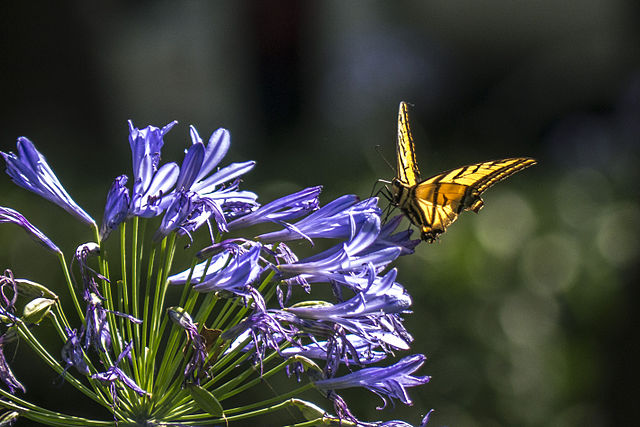Spring is springing. New life emerges everywhere. After a winter of cold reflection, Spring seems like a time of growth. The dandelions and daffodils are out in force. The cherry blossoms have already turned dark red and falling. The apple trees are blossoming too. The tulips haven’t come to bloom yet, but they are budding. And my 5th and 6th grade general music classes are singing De colores, a Mexican-American song celebrating the colors of Springtime.
While I learned De colores in the 1990s (Pete Seeger/NAfME) music ed. collection, Get American Singing… Again, this song is also in the basal textbook at the Middle School where I teach, Music Connections (pp. 12-3). The book expands on pedagogy in the teacher’s edition, under Literature/Language Arts/Writing/Social Studies: “Visitors to Mexico are often dazzled by colors. Even in Mexico City, brilliant flowers spill out of window boxes and form bright patterns in parks. In rural villages, the rough orange, salmon red, or aqua stucco walls of houses shimmer in the sun. Invite students to plan a trip to Mexico. Have them use books such as the ones cited above (Mexico: Modern Life in an Ancient Land, L. B. Casagrande; Enchantment of the World: Mexico, R. C. Stein), atlases, travel guides, magazine articles, and tour brochures to learn what they might see and do. Then invite small groups to plan an itinerary for a two-week trip. Have them decide what parts of the country they would like to visit, what sights they would like to see, and how many days they will stay at each place. … Which itineraries are the most practical/ Which ones would be the most fun?”
I have students sing this song in Spanish, and it becomes the first foreign language song we work on—We also seen the Mexican song Adelita, but an English translation. We learn key Spanish words for colors, Spring, birds, rainbows, and love. It can offer students an opportunity to consider the ecology of North and Central American flora and fauna, including various flowers people use to decorate their homes, and birds that reside in the region. The suggested approach, however, promotes tourism, which has potential for both good and bad—as much of our ecological crises are exacerbated by air travel—especially as tourism can be good for local economies or, alternatively, exploitive of culture, reducing complex local cultures to products to be consumed.
What ideas do you have for teaching eco-literacy through the song De colores?
DS

 RSS Feed
RSS Feed
